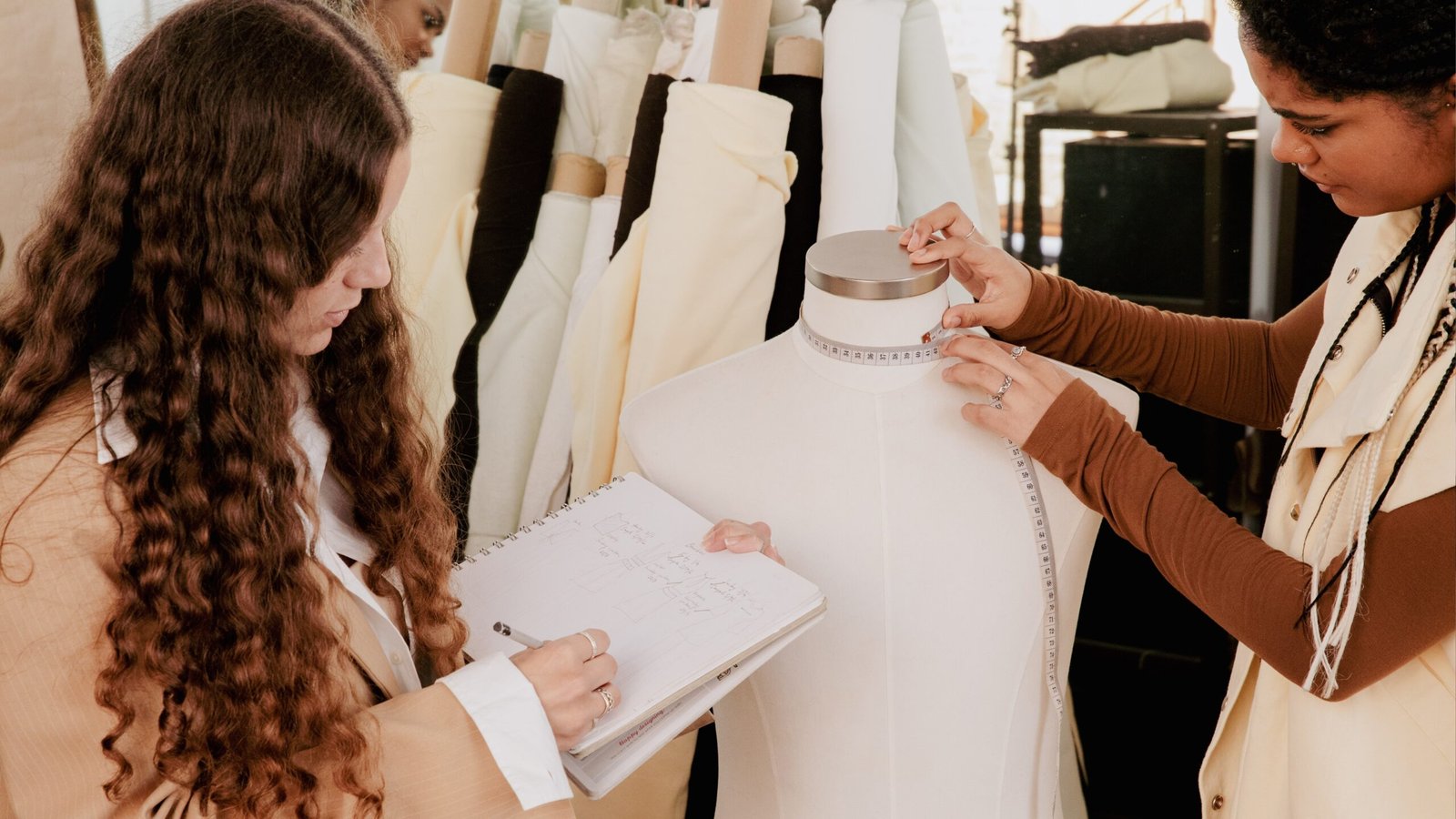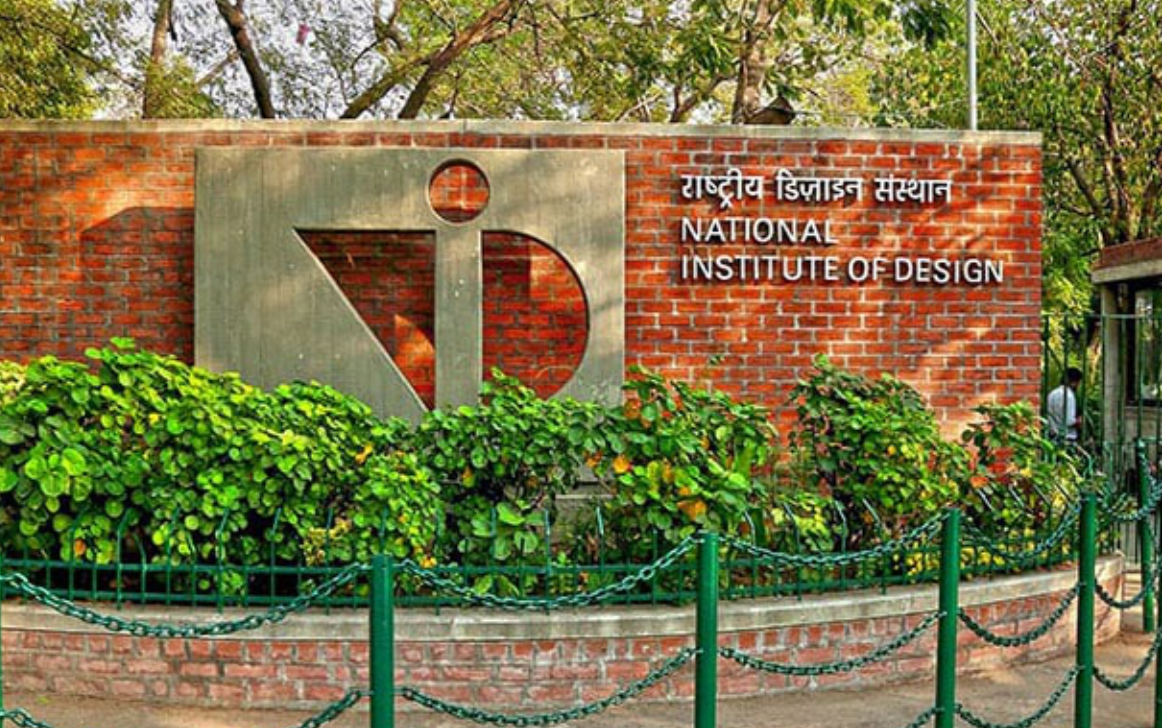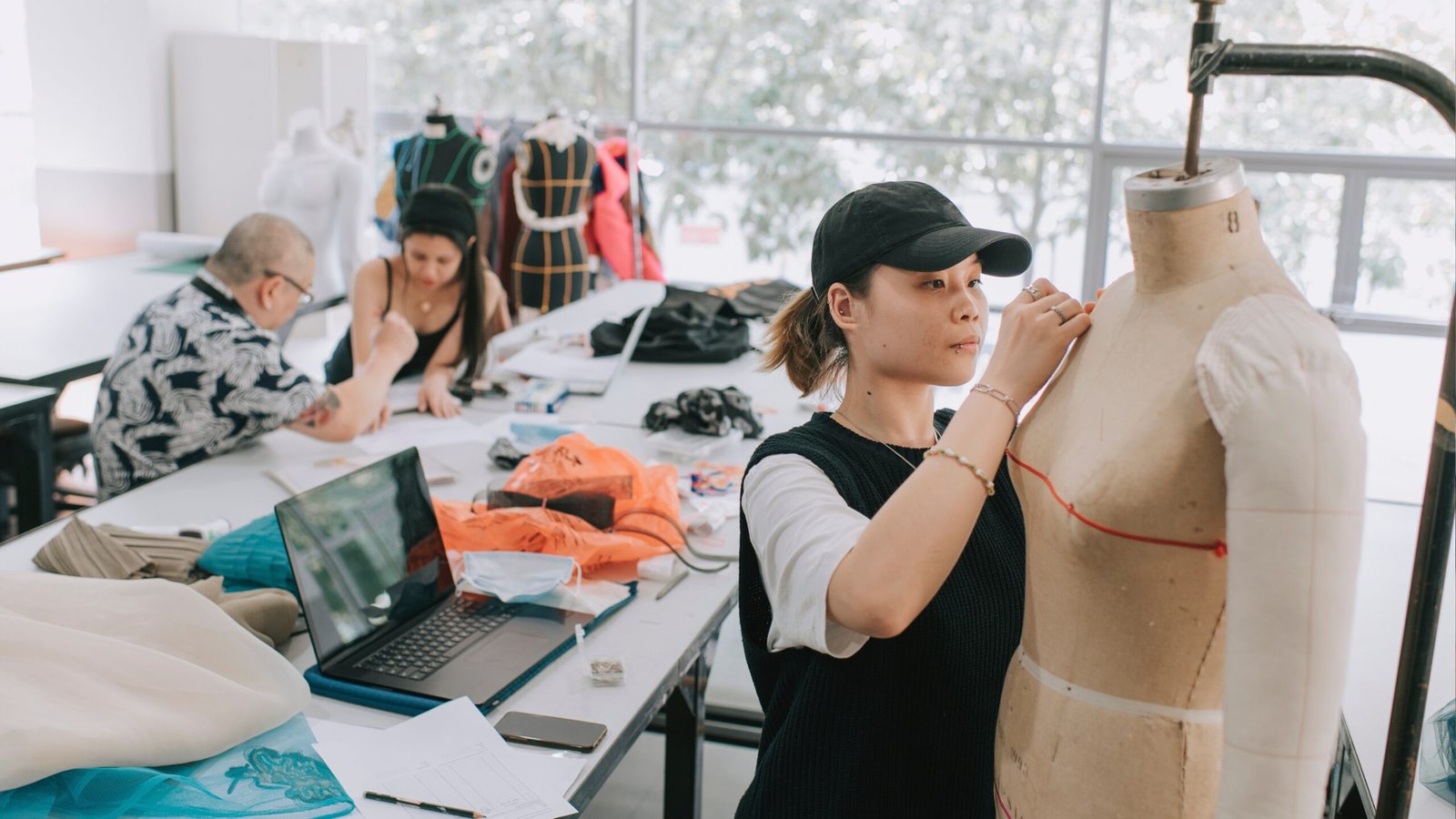Introduction:
Over the past few decades, the landscape of fashion education in India has changed massively. Indian fashion institutes like NID and NIFT have set a benchmark for the budding designers. They tend to have other rapid technological changes, globalisation, and other changes and shifts to meet the industry’s needs and demands. It is crucial to rethink and mend the traditional educational ways and models. India is supposed to explore new models that can come to terms with the contemporary needs and global changes as the future of fashion education approaches us.
Understanding the Traditional Model of Fashion Education:

Traditional fashion schools in India, such as NIFT, NID, and other prestigious private colleges, tend to offer very structured fashion design courses in India. These courses span 3 to 4 years, with theoretical sessions and practical knowledge. The traditional teaching methods include lectures, studio visits and practices, juries, other evaluations, and even firsthand internships.
The curriculum focuses more on the traditional design techniques, lessons, and more craft-based, hands-on learning. The strength of this old-school approach includes a very strong design foundation in terms of design principles and closely grounded ties with the artisanal heritage. With such an environment, they adapt much later to the digital tools, lack situational entrepreneurial training, and focus less on the market dynamics, which are equally important for building fashion industry careers in India.
Challenges in the Current System:

Many Indian fashion education challenges survive today. A major problem that exists is the gap between the academic learning and the real-world industrial challenges. Traditional ways of teaching most often do not build the students for newer fields, like fashion technology, digital marketing, and sustainable projects as well. Moreover, there is little to no exposure to building up a new brand as an entrepreneur. Many degree holders struggle to set up their own brands, labels, or freelance businesses due to a lack of training or knowledge. The growing need for sustainable education and innovation is another new-world problem. Accessibility and affordability is another pressured issue. The top fashion schools in India are often very expensive, even when they are government ones. Unfortunately, the bigger ones are located in major metropolitan cities, making them inaccessible for many students who are pretty talented but come from smaller towns or rural areas, making their fashion careers in India difficult.
The Rise of Alternative Models in Fashion Learning:
After looking up at these gaps, alternative fashion education models have started gaining strength. Online fashion courses in India are making education more accessible and affordable. There are platforms like Coursera, Udemy, and independent Indian startups that are now offering specific and specialised programs from core textile/fashion design to digital illustrations.

Industry-led mentorship programs are also a growing spot. That allows the students to learn directly from the industry professionals, which gives them important insights and practical real-world exposure. On the other hand, as another creative fashion education trend in India, community-based learning and skill-sharing platforms have emerged. They push students to engage directly with artisans, technologists, artists, and other creatives. Self-directed learning and creative incubators are becoming popular too. These spaces allow experimentation, supporting innovation and branding amongst new budding designers and creatives.
Case Studies and Success Stories:
Innovative fashion education models have been highlighted by many examples. For instance, there are many designers who have gone towards the alternative fashion learning methods instead of the formal ones and are now leading major independent brands in the nation and abroad.
Globally, many institutes like Central Saint Martins and Parsons have introduced modular programs, summer courses, and hybrid culture, blending traditional methods with online and project learning. India is not in the queue, aligning fashion design education systems in India more with the international path.
The leading designers have shared how such models have given them better exposure before the formal ones to markets and new-age technologies, helping them build fashion industry careers in India that are truly successful.
Why India Needs an Alternative Fashion Education Model:
The future of fashion education in India requires the system to focus on the demanding issues of the industry, such as sustainability, inclusivity, and other technological integrations. The current system is prone to its death if it does not adapt well to the evolving needs. Moreover, the empowerment of underrated art and nonrepresented

communities through alternative fashion learning methods is also very needed. Different voices will only come together when it reaches all segments of the society.
Lastly, there is an urgent requirement for new entrepreneurial mindsets. In such a rich-cultured and craftily talented country, to keep up with the textile legacy, small businesses and independent brands have a lot of scope. Modern fashion curriculum will support this by helping students think beyond conventional employment paths and create newer opportunities for themselves in the fashion design courses in India’s system.
Recommendations for Students and Educators:
What’s important for the aspiring designers is your understanding of this change and your exploration of the alternative fashion education models. For a more relevant and faster entry into the Indian market and industry, one needs to join online fashion courses in India, participate in one-on-one mentorships, or build portfolios through self-projects. Educators and universities must modernise their modules by introducing streams of sustainability, technology, and entrepreneurship studies. Something better would come up with the collaboration with industry leaders to keep the curriculum synced with real-life demands, creating a true legacy of creative education in fashion.
Institutes should also offer a flexible learning path for even more students and age groups, combining classroom teaching with real-life projects and assignments, online classes, and internships, thereby creating a vital and more innovative fashion education model.
Conclusion:
As we stand at the crossing paths of the traditional methods and new-age/modern learning, exploring alternative fashion learning methods is no longer an option; it has become essential. Rethinking that for the empowerment of the next generation of designers, merchandisers, creative individuals, creative leads, innovators, artists, and entrepreneurs, the fashion education in India is the key. If worked upon in sync and well, India, with its rich base, can become a global leader in innovative fashion education models. The time is here; the time is now! To get to the change, work with people and create the new future of fashion education. Whether you are a student, an educator, an enthusiast, or an industry professional, the opportunity to go behind meaningful changes in the fashion design education system in India is waiting for you to conquer.



